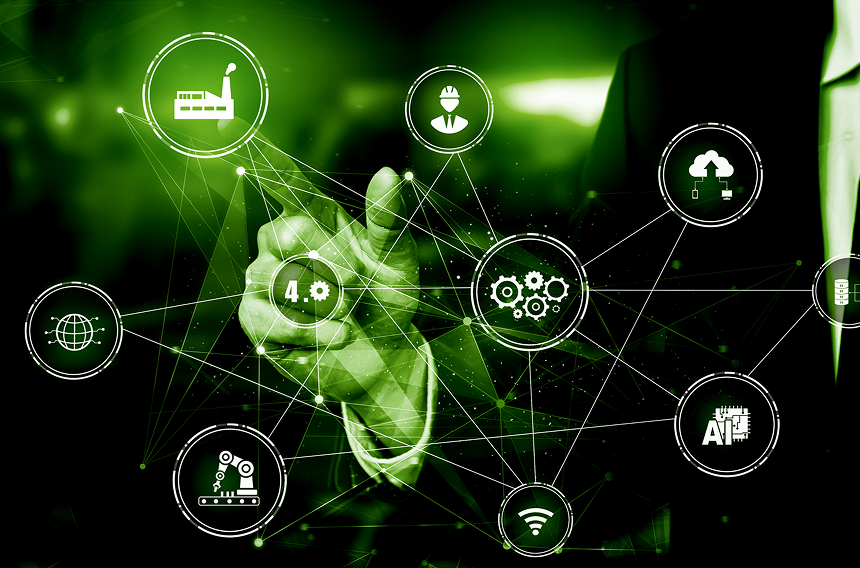Why Do Companies Make Forecasts?

There may be many answers to this question; however, the most important one is, “What awaits us in the future?” Just like individuals, companies also want to understand what they will experience in the future and how they should position themselves accordingly. So, how does this process of predicting future events actually work? I can already guess your answers: economic charts are analyzed, experienced people are consulted. Of course, these are not wrong answers—but in today’s world, they are simply not sufficient.
What Kind of Process Should Be Followed?
First and foremost, never give up. I say this based on my own experiences, dear reader. In order to make accurate forecasts, boundaries must first be defined. It should be clear what is being forecasted: budget, sales, foreign exchange, etc. Once the subject of the forecast is determined, factors that influence it must be researched, from general to specific. What does this mean? It refers to identifying the variables that affect the chosen topic. Why does the exchange rate increase? What factors affect our sales? Finding these factors is essential. But finding them is not enough—they need to be quantified. Because forecasting models work with data, and data must be numerical. For example, binary values such as 0-1 (no-yes). Finally, artificial intelligence (AI), machine learning (ML), and deep learning methods should be explored for forecasting. For example, Walmart’s use of machine learning to optimize pricing strategies shows how effective these processes can be.
How Should Data Preparation and Forecasting Be Carried Out?
In the initial stage, the suitability of the dataset for forecasting should be tested using entropy tests (a method to measure data viability). If the dataset is suitable, data manipulation processes follow: missing data is addressed, data types are verified, and normalization is applied (converting data into a standard range). Then, data is organized based on the influencing factors, and forecasting models are developed. If you are an expert AI developer, you can create your own forecasting model and optimize the parameters. Alternatively, ready-to-use forecasting tools can be employed; for example, AWS SageMaker Canvas is a sufficient tool for this purpose. Spotify’s use of AI models to predict user music preferences is a good example of this process.
How Should Results Be Evaluated After Implementation?
Insights obtained from real-life experiences are invaluable. First, it is crucial to consider the purpose of your forecasting. Statistically, metrics such as MAD (Mean Absolute Deviation), MAPE (Mean Absolute Percentage Error), and RMSE (Root Mean Square Error) should be prioritized. These metrics provide a statistical comparison between your test and experimental data. So, can we accept the results as accurate and use them in the field without intervention? Unfortunately, the answer is no. The reason is that forecasting methods should support the main process, not replace it. Moreover, successful results cannot always be guaranteed, and dynamic responses may not be possible to sudden changes. For example, Tesla’s occasional misjudgments in production forecasts and their impact on the production process demonstrate the importance of carefully evaluating forecast results. In conclusion, these studies must be conducted meticulously and should never replace core business processes.
